What do candidates on the Abrasive Wheels course actually do?
Grinding machines, both hand portable and fixed pedestal types are considered as ‘dangerous’ because of their tendency to cause injury in the event of a wheel burst. However, this danger can be removed if the correct training and experience is provided. The course begins with an explanation of the Health and Safety Regulation and relevant guidance notes that relate to abrasive wheels and the machines to which they are fitted.
The course covers vitrified, resin bonded, flap wheels and diamond impregnated wheels. The dangers of overspeed is stressed throughout the training, and delegates practice reading rating plates, blotter codes and using optical speed measuring instruments. Delegates are shown examples of fixed and mounted abrasive wheels, along with the necessary information to determine the composition, grade, maximum peripheral speed and application. Practical exercises make up the majority of the day, with delegates selecting and identifying a range of wheels.
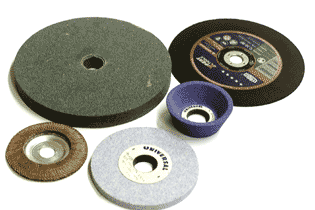 |
Some of the wheels that candidates on the Abrasive Wheels course inspect for signs of wear etc. |
The instructor will ask delegates to examine a bench grinder and assess its suitability for use in the work place making a written report of their findings.
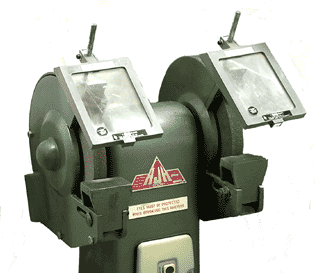 |
The pedestal grinder that candidates on the Abrasive Wheels course inspect and make adjustments to |
The same exercise is carried out on hand portable machines, with checks being made on guards and other adjustments.
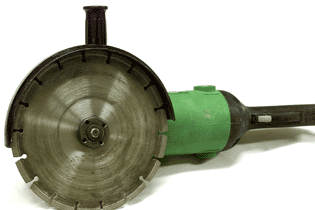 |
The hand grinder that candidates on the Abrasive Wheels course inspect |
Abrasive wheels will be given ring tests to check their integrity and delegates are shown how to balance a wheel using a wheel balancing rig.
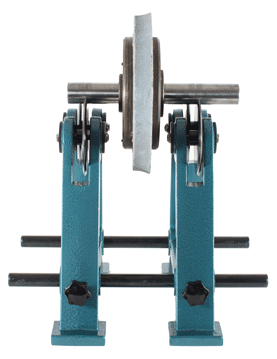 |
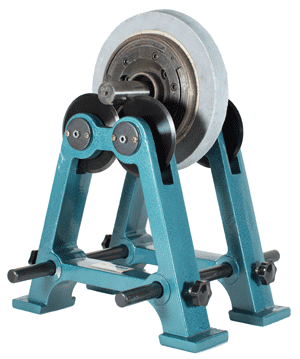 |
The wheel balancing rig used by candidates on the Abrasive Wheels course |
|
A practical assessment is carried out whereby the candidates perform a safe machine isolation before removing and refitting abrasive wheels onto an industrial pedestal grinder. A full inspection of flanges and blotters, bearings, guards and tool rests is made. Any necessary adjustments are made before a run test is invoked. This is followed by a wheel dressing and truing exercise using diamond and Huntingdon dresser tools.
 |
One of the dressing tools used by candidates on the Abrasive Wheels course |
As with all Technical Training Solutions’ courses, comprehensive course notes are provided and these notes contain further information about the assessments and exercises.
If you would like to see some of the equipment used on the Abrasive Wheels course for yourself, then please call us to arrange a visit to our offices in Kent. Alternatively, we can visit you anywhere in the British Isles.


